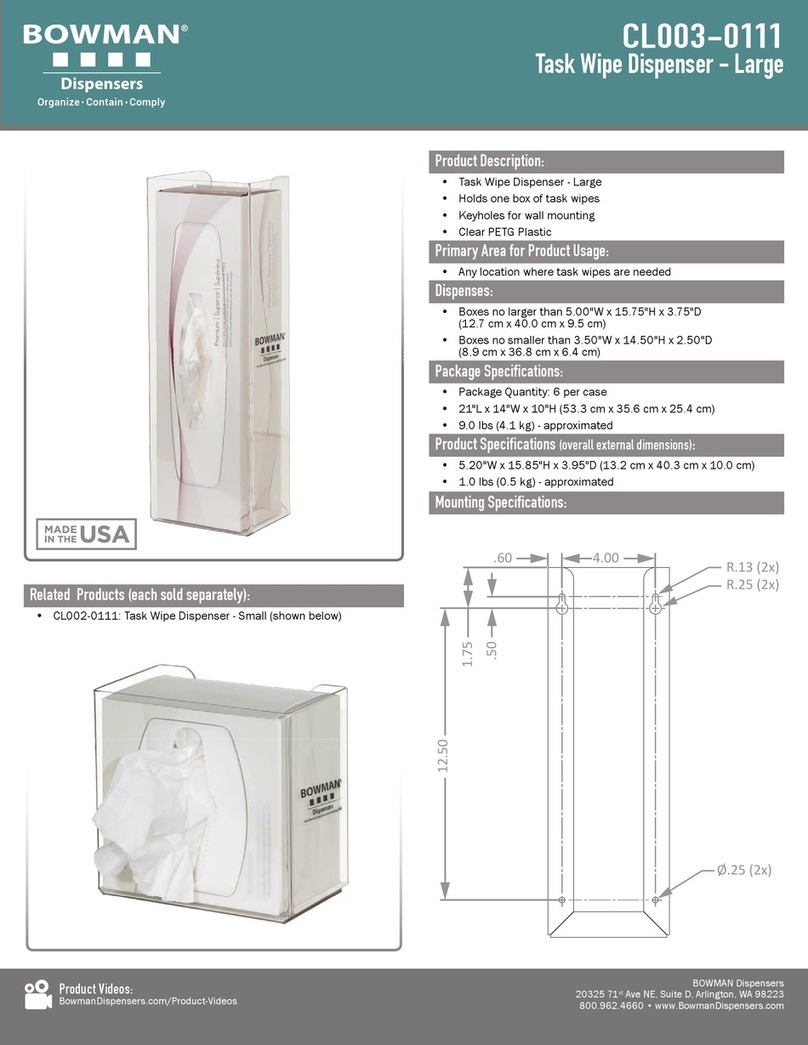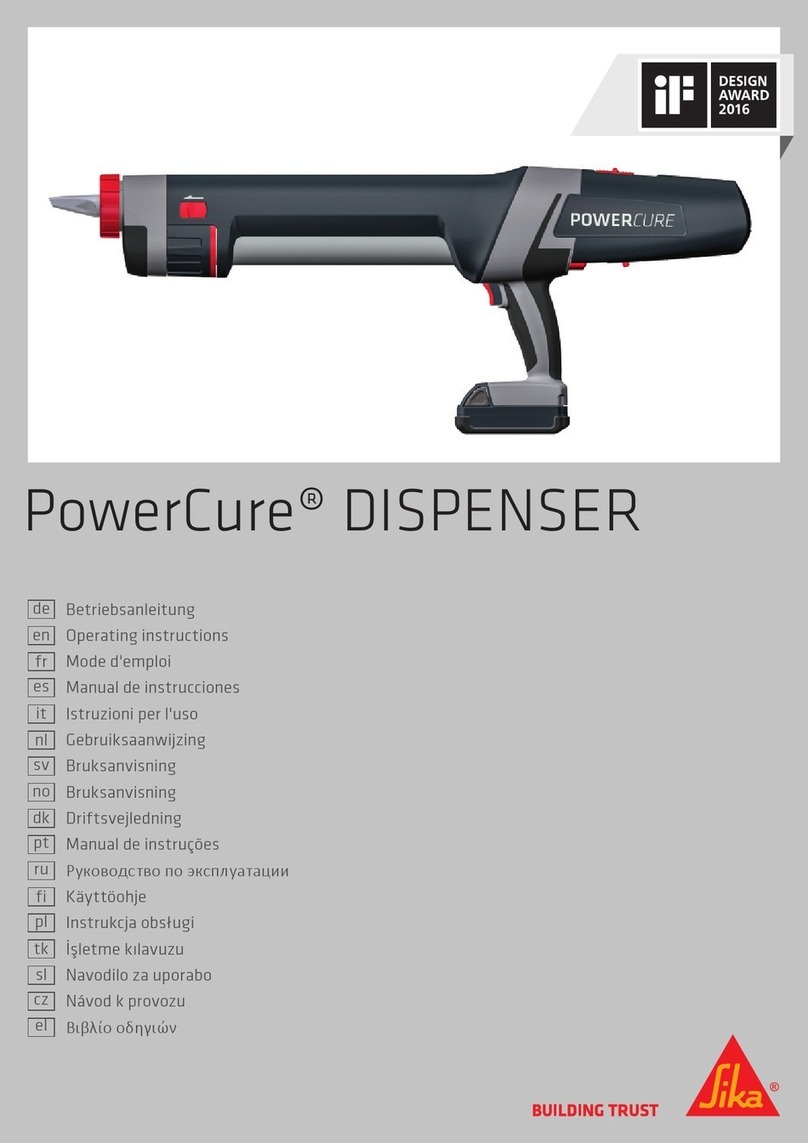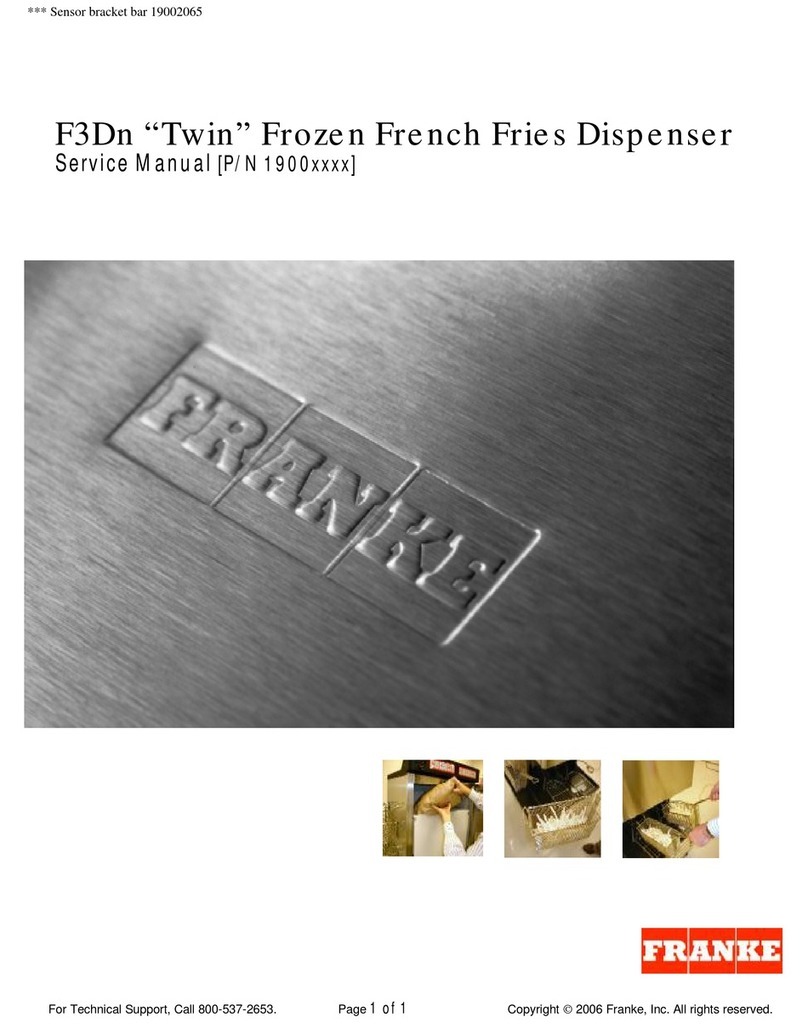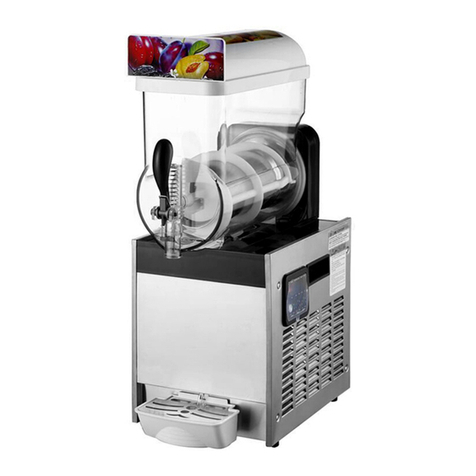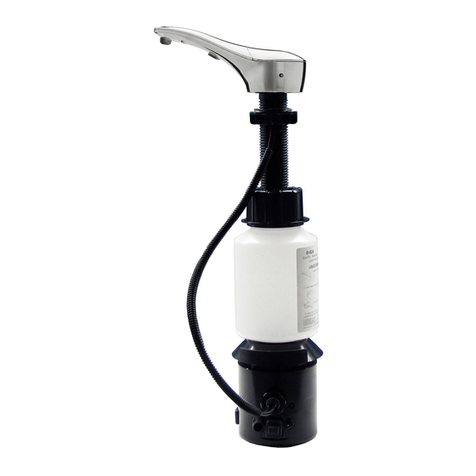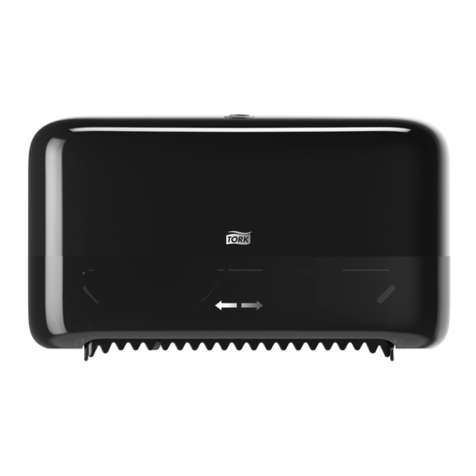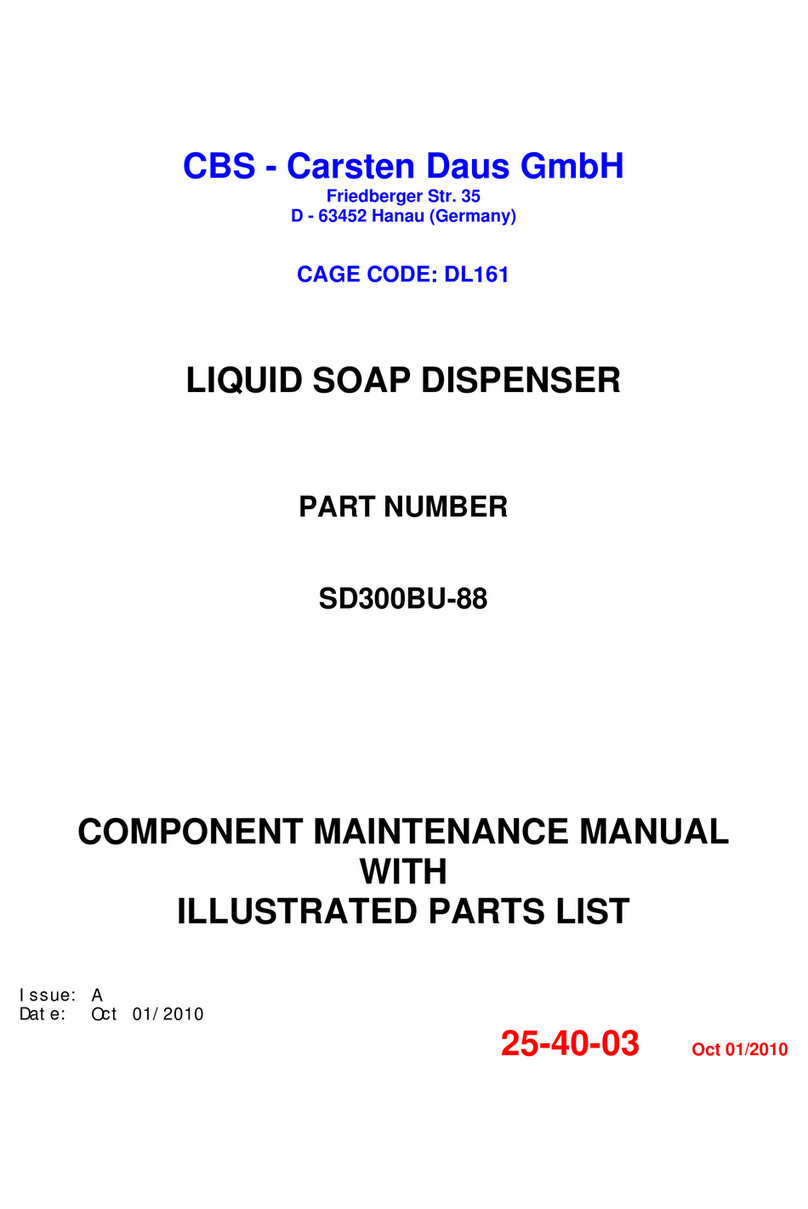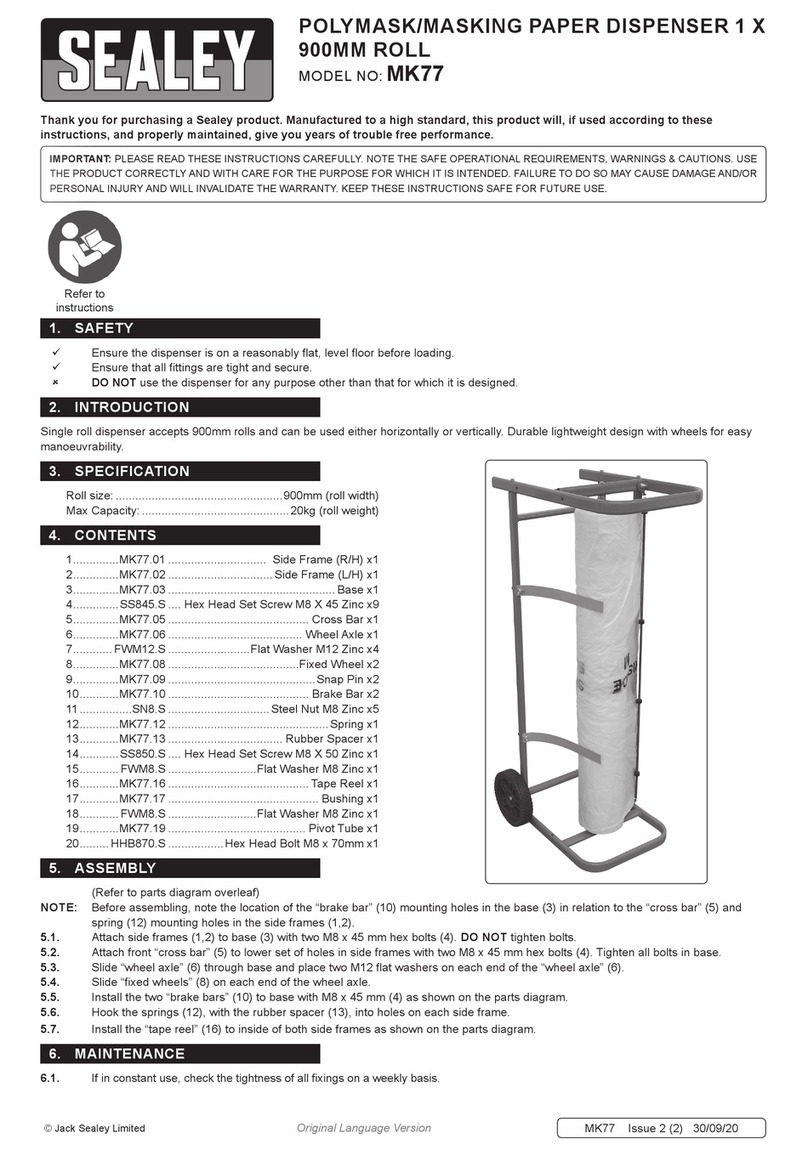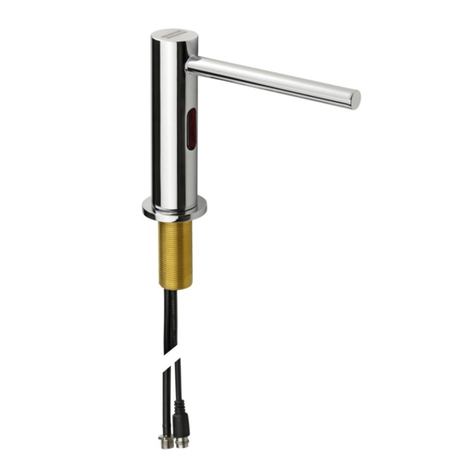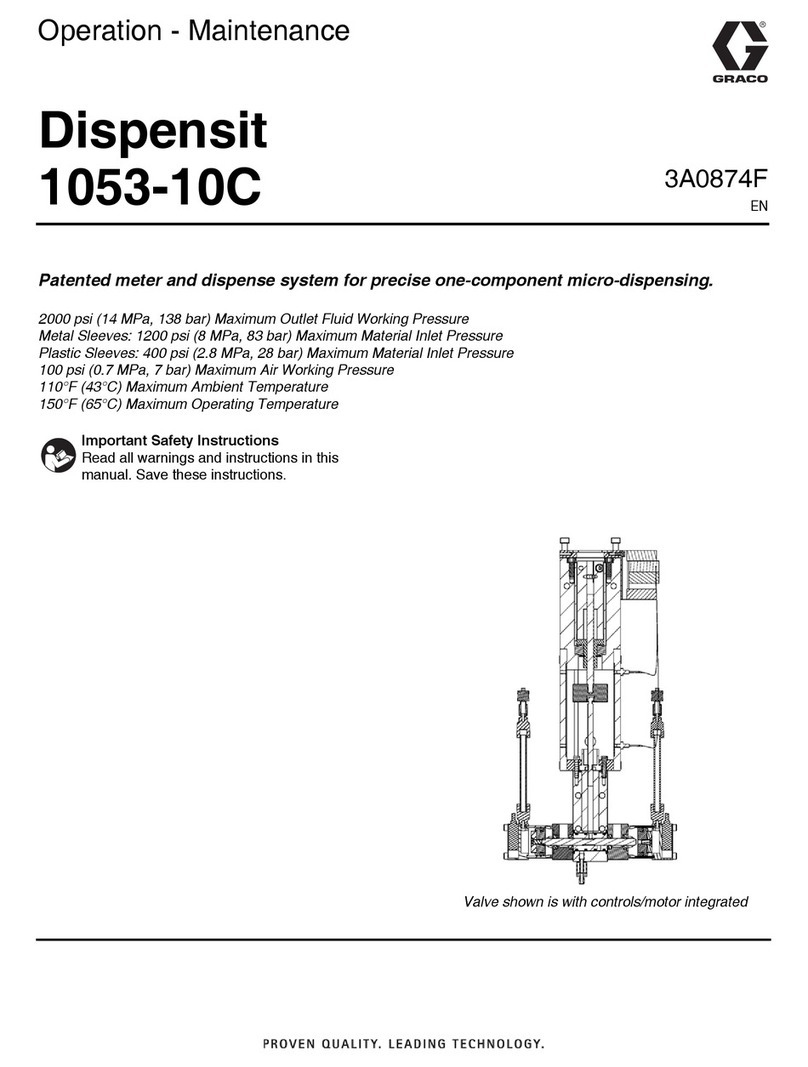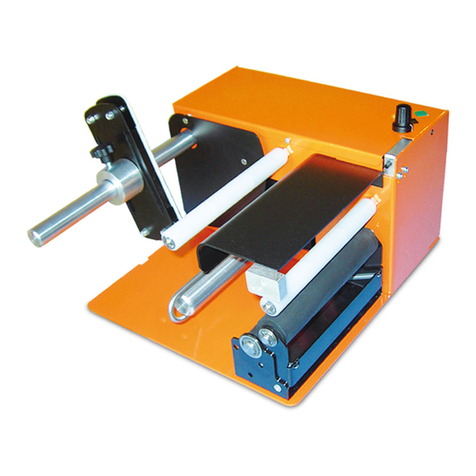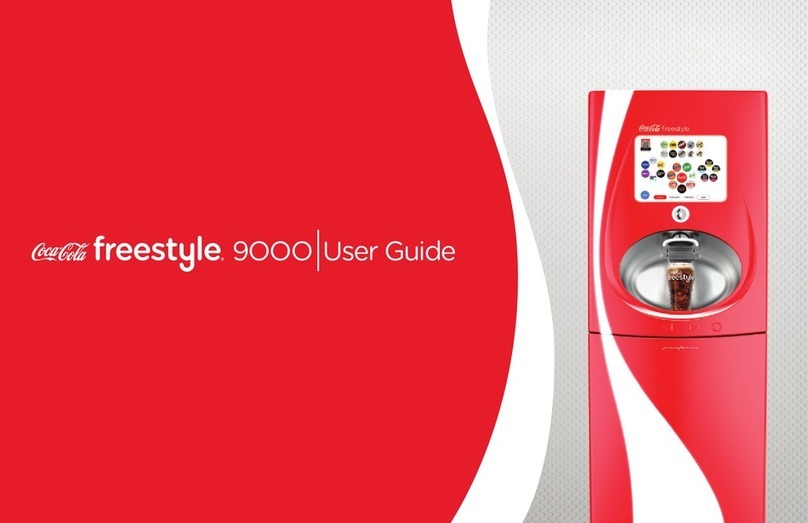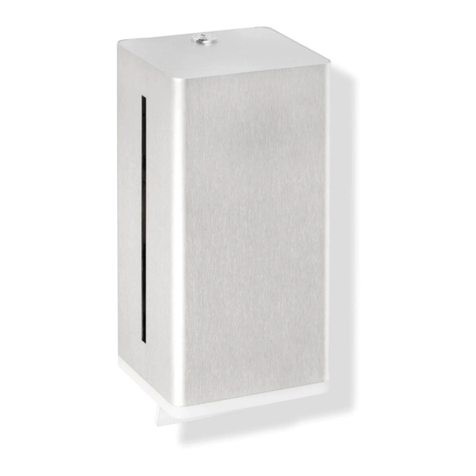Table of contents
1About this manual 5
1.1 Introduction ......................................................................................................................... 5
1.2 Product documentation....................................................................................................... 6
1.3 Source language................................................................................................................. 6
1.4 Symbols used in the manual............................................................................................... 6
1.5 Terminology list................................................................................................................... 6
1.6 Further support and information.......................................................................................... 7
2General 8
2.1 Machine identification.......................................................................................................... 8
2.2 Machine layout drawing and specifications ........................................................................ 8
2.3 CE Installation instructions.................................................................................................. 9
2.4 Warranty.............................................................................................................................. 9
2.5 Liability .............................................................................................................................. 10
2.6 CE Declaration of Conformity ........................................................................................... 10
3Safety 11
3.1 Intended use of the machine............................................................................................. 11
3.2 User types and qualifications............................................................................................ 11
3.3 Safety instructions............................................................................................................. 12
3.4 Safety provisions............................................................................................................... 14
3.5 Electrical safety................................................................................................................. 18
3.6 Sound level ....................................................................................................................... 18
3.7 Personal safety ................................................................................................................. 18
3.8 Residual risks.................................................................................................................... 19
3.9 Machine end of life and disposal....................................................................................... 20
4Description 22
4.1 General overview.............................................................................................................. 22
4.2 Sensors............................................................................................................................. 23
4.3 Connection unit................................................................................................................. 24
4.4 Machine in a conveyor system.......................................................................................... 25
4.5 Specifications.................................................................................................................... 29
5Installation 30
5.1 Delivery ............................................................................................................................. 30
5.2 Unpacking ......................................................................................................................... 30
5.3 Location............................................................................................................................. 30
5.4 On-site transport ............................................................................................................... 30
5.5 Preparations for a Qimarox installation (optional)............................................................. 31
5.6 Installing the machine ....................................................................................................... 32
6Maintenance 34
6.1 General ............................................................................................................................. 34
6.2 Specific safety regulations ................................................................................................ 34
6.3 Preventive maintenance schedule.................................................................................... 36
6.4 Cleaning............................................................................................................................ 37
7Troubleshooting 38
